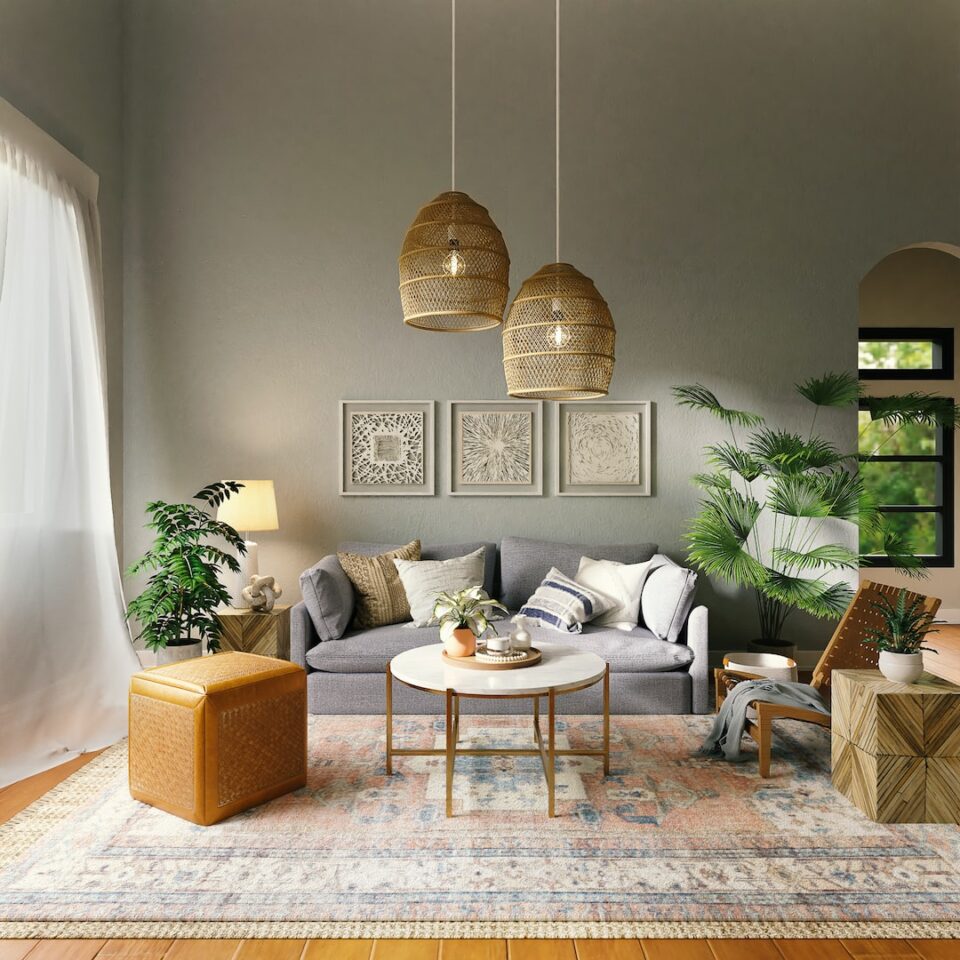Guide to Buying Vintage Furniture for a Unique Interior Style
If you are tired of generic furniture and want to add a touch of character and charm to your home, then investing in vintage furniture is the perfect solution. Vintage pieces have a story to tell and can instantly transform your space into a unique and stylish haven. However, buying vintage furniture requires some knowledge and consideration. In this guide, we will take you through the essential steps to help you make the right choices and create a distinctive interior style.
1. Research and educate yourself
Before delving into the world of vintage furniture, it is important to arm yourself with knowledge. Research different eras and styles to understand what appeals to you the most. From Art Deco to Mid-Century Modern, each period has its own distinct features and characteristics. Read books, browse online resources, and visit local antique stores or flea markets to get a feel for the different styles and their value.
2. Determine your budget
Once you have a good understanding of the vintage furniture market, it is essential to set a budget for your purchases. Vintage pieces can vary greatly in price depending on their condition, rarity, and popularity. Decide how much you are willing to spend and stick to it. Remember, it is possible to find unique and affordable vintage furniture if you know where to look and are patient.
3. Explore different sources
There are various sources for finding vintage furniture. Start by checking out local antique stores, flea markets, and estate sales in your area. These places often have hidden gems waiting to be discovered. Online platforms such as eBay, Etsy, or specialized vintage furniture websites are also great options for finding unique pieces. Don’t forget to attend auctions or join local vintage furniture communities where you can connect with sellers and collectors.
4. Inspect the condition
When buying vintage furniture, it is important to carefully inspect the condition of the piece. Look for any signs of damage or wear and tear. Scratches, dents, or loose joints can be repaired, but they may affect the value and cost of the item. Ensure that the piece is structurally sound and that any repairs needed are manageable. Keep in mind that minor flaws can add character to the piece, while excessive damage might not be worth the investment.
5. Authenticity and quality
Authenticity is crucial when investing in vintage furniture. Do your research and learn how to recognize the hallmarks and signatures of well-known designers or manufacturers. Take note of the materials used, craftsmanship, and the overall quality of the piece. Remember, owning a genuine piece from a renowned designer can significantly increase its value and desirability.
6. Mix and match
To create a unique and personalized interior style, don’t be afraid to mix vintage furniture with modern pieces. This juxtaposition of old and new creates an interesting and eclectic look. Vintage furniture can effortlessly blend with contemporary designs, adding depth and personality to your space. Play with different textures, colors, and styles to create a harmonious balance between old and new.
7. Consider functionality and practicality
While vintage furniture can be incredibly beautiful, it is essential to consider its functionality and practicality in your home. Vintage pieces often come with unique features or limitations that may not suit your everyday needs. Ensure that the furniture serves a purpose and fits your lifestyle. You don’t want to end up with beautiful but useless pieces that clutter your space.
8. Take measurements
Before making any purchases, be sure to take accurate measurements of your space. Vintage furniture can vary significantly in size, and you don’t want to end up with a piece that overwhelms your room or doesn’t fit through the door. Take measurements of doorways, hallways, and any other relevant areas where the furniture will need to pass through to reach its final destination.
9. Trust your instincts
Finally, trust your instincts when buying vintage furniture. Don’t rush into a purchase if it doesn’t feel right. Take your time, visit different stores, and explore various options to find the perfect piece that speaks to you. Have patience, as finding the right vintage furniture might take time, but the end result will be a space that is truly unique and reflects your personal style.
In conclusion, buying vintage furniture is an exciting and rewarding experience that allows you to create a one-of-a-kind interior style. By educating yourself, determining your budget, exploring different sources, inspecting the condition, considering authenticity and quality, mixing and matching, considering functionality and practicality, taking measurements, and trusting your instincts, you can navigate the vintage furniture market with confidence and transform your home into a timeless haven filled with character and charm.

